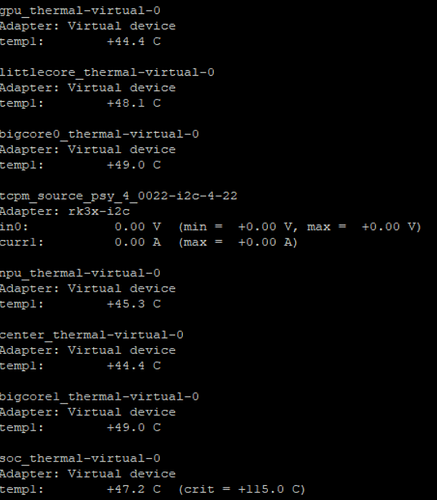I reckon it would be, but as I mentioned the 0.3mm arrived first, and a single 0.3mm shim didn’t look right (although I may have rushed that step and not fitted the board properly) … I probably should have added that the 0.5mm have NOT yet arrived.
I could possibly test the 0.5mm when they arrive, just out of interest, but it’ll depend on the never-ending battle between time and priorities  . Given the combination of cost, benefit and time I figured that one or both of the shims would probably provide the best result … I’m not sure I need perfection, but I’m sure as hell going to do better than what was provided with the case! There’s probably something to be said for the extra pressure that a larger shim, or combination of shims, might provide … but then we’re stressing the board … hehehe … let’s not go down this rabbit hole!
. Given the combination of cost, benefit and time I figured that one or both of the shims would probably provide the best result … I’m not sure I need perfection, but I’m sure as hell going to do better than what was provided with the case! There’s probably something to be said for the extra pressure that a larger shim, or combination of shims, might provide … but then we’re stressing the board … hehehe … let’s not go down this rabbit hole!
Check out the difference between the thermal conductivity of copper vs a thermal pad!
The numbers are 398 W/m•K for copper vs 10-14 ish (IIRC) … and the 10-14 is the GOOD stuff!
ie: the copper conducts heat, and a “thermal pad” is an insulator (by comparison).
For that matter, the “thermal paste” is also a thermal insulator (compared to the copper), but should only be the thinnest smear: it’s purpose is more to replace the air that would otherwise be between the imperfect mating of the two surfaces.

